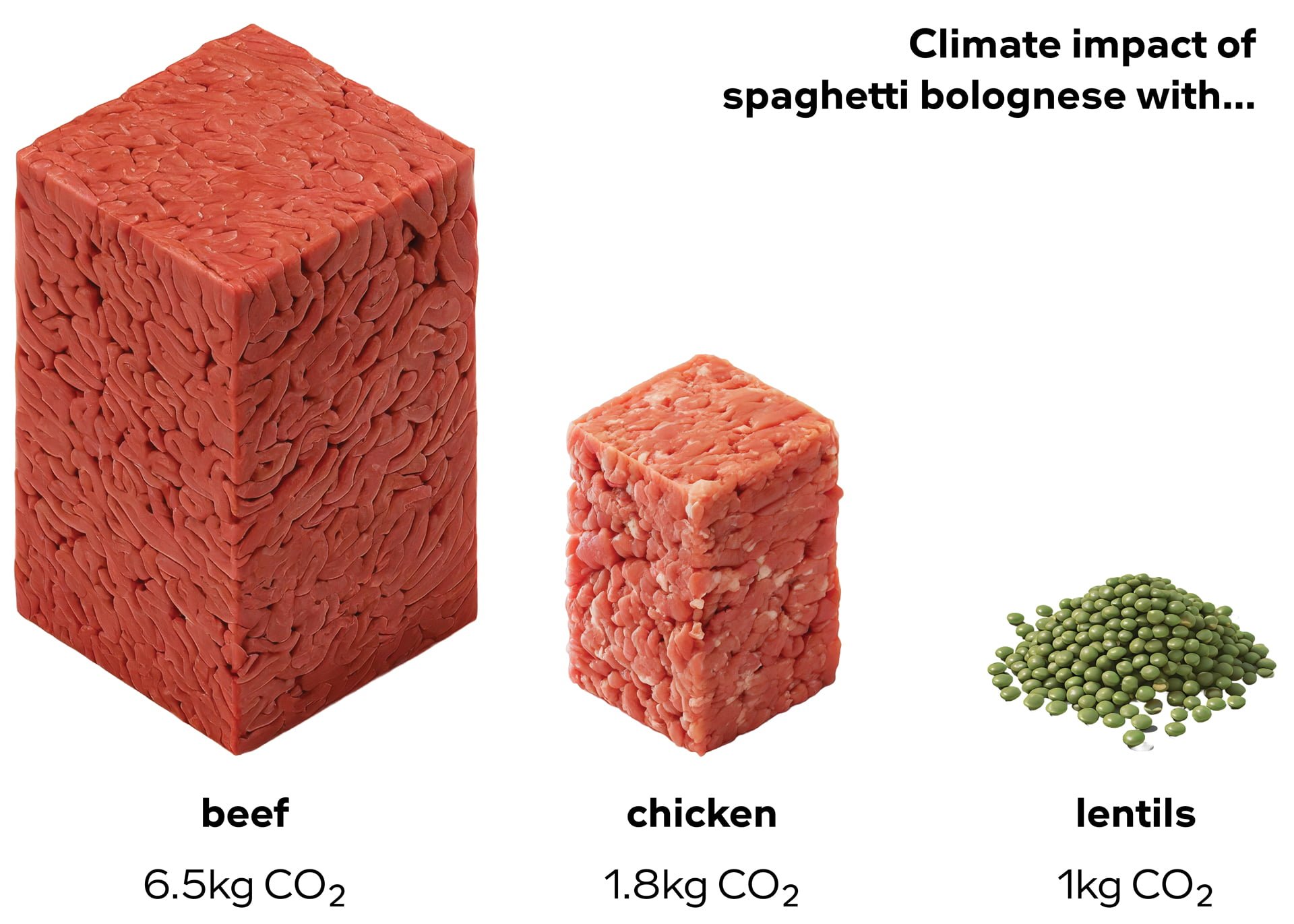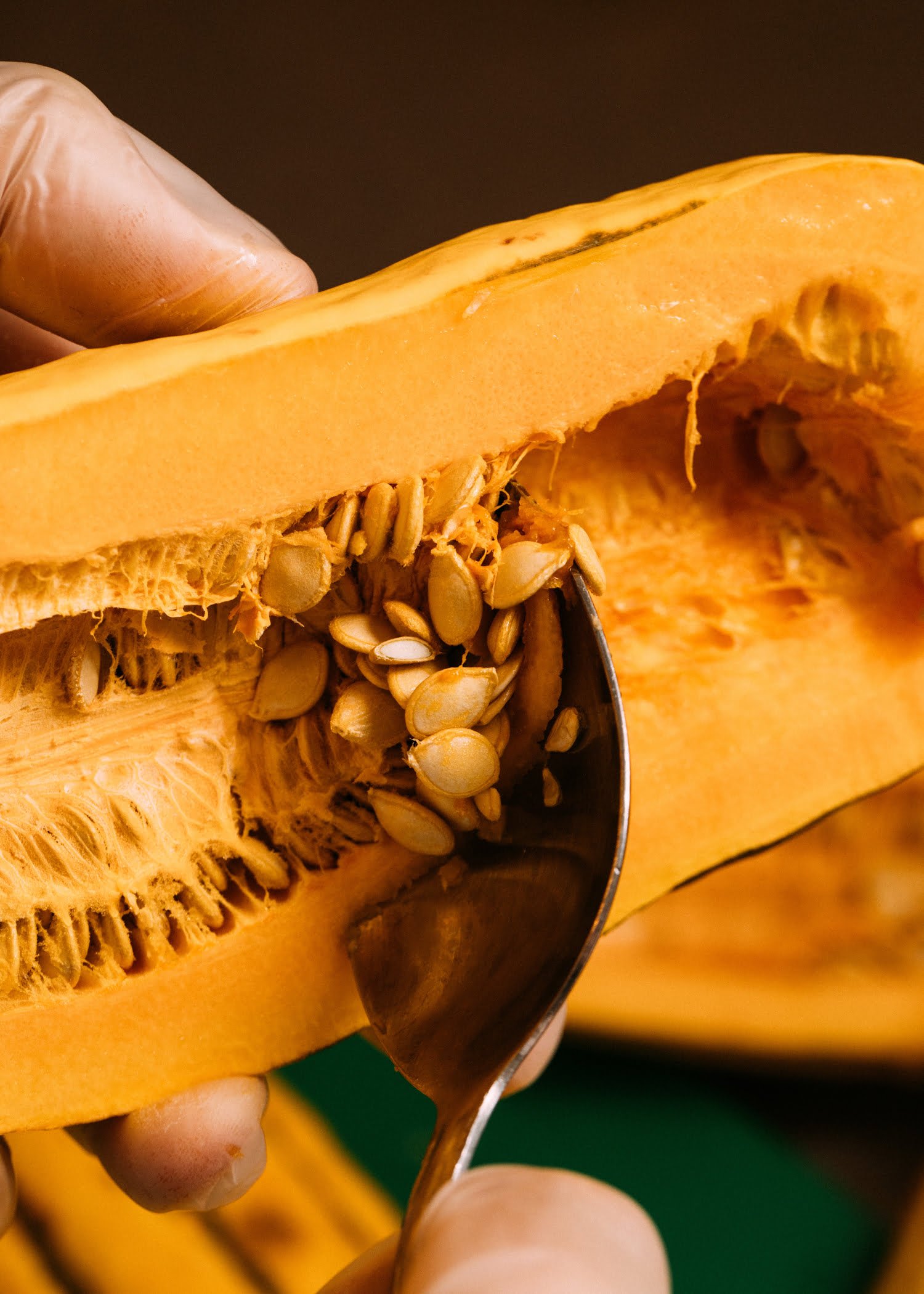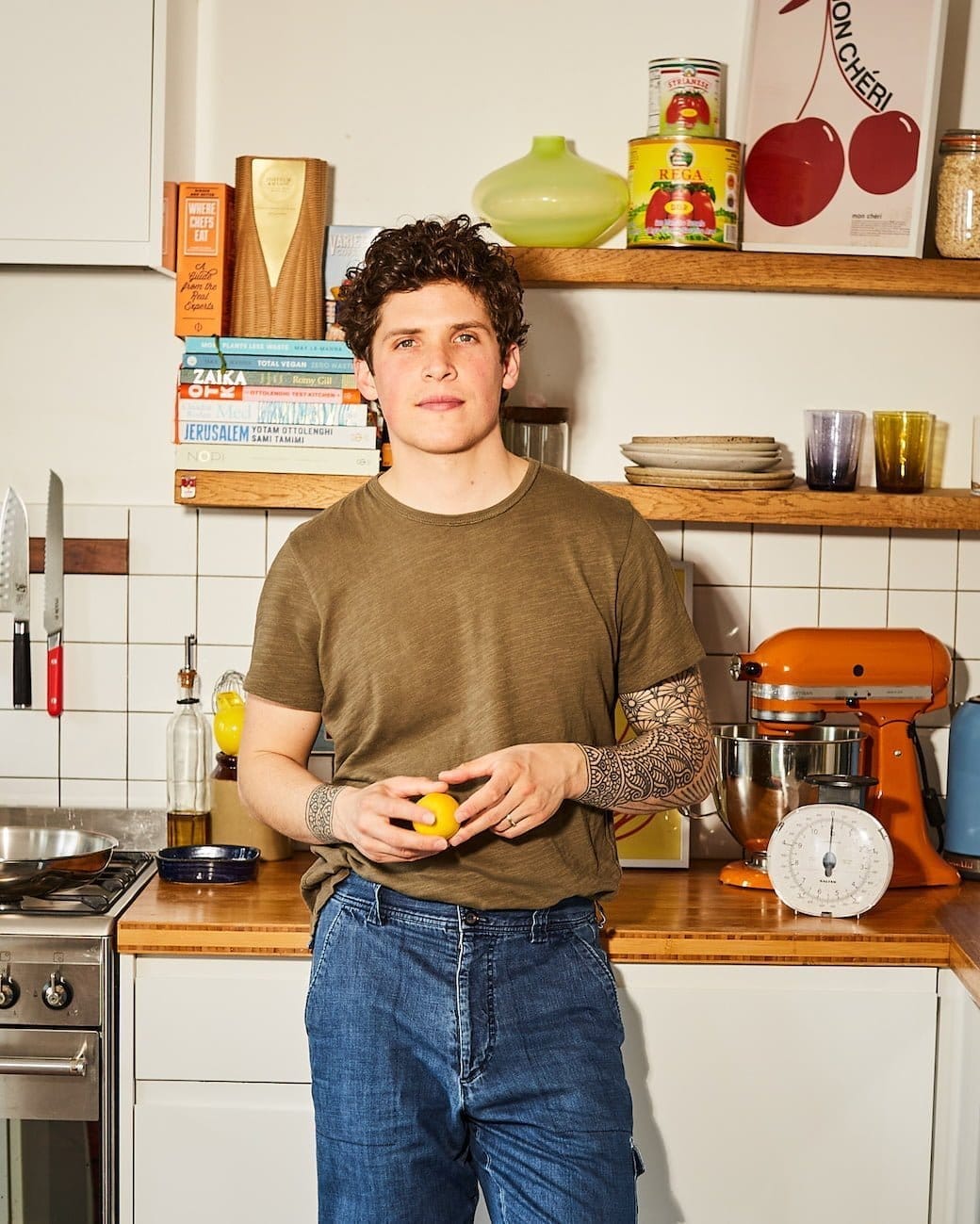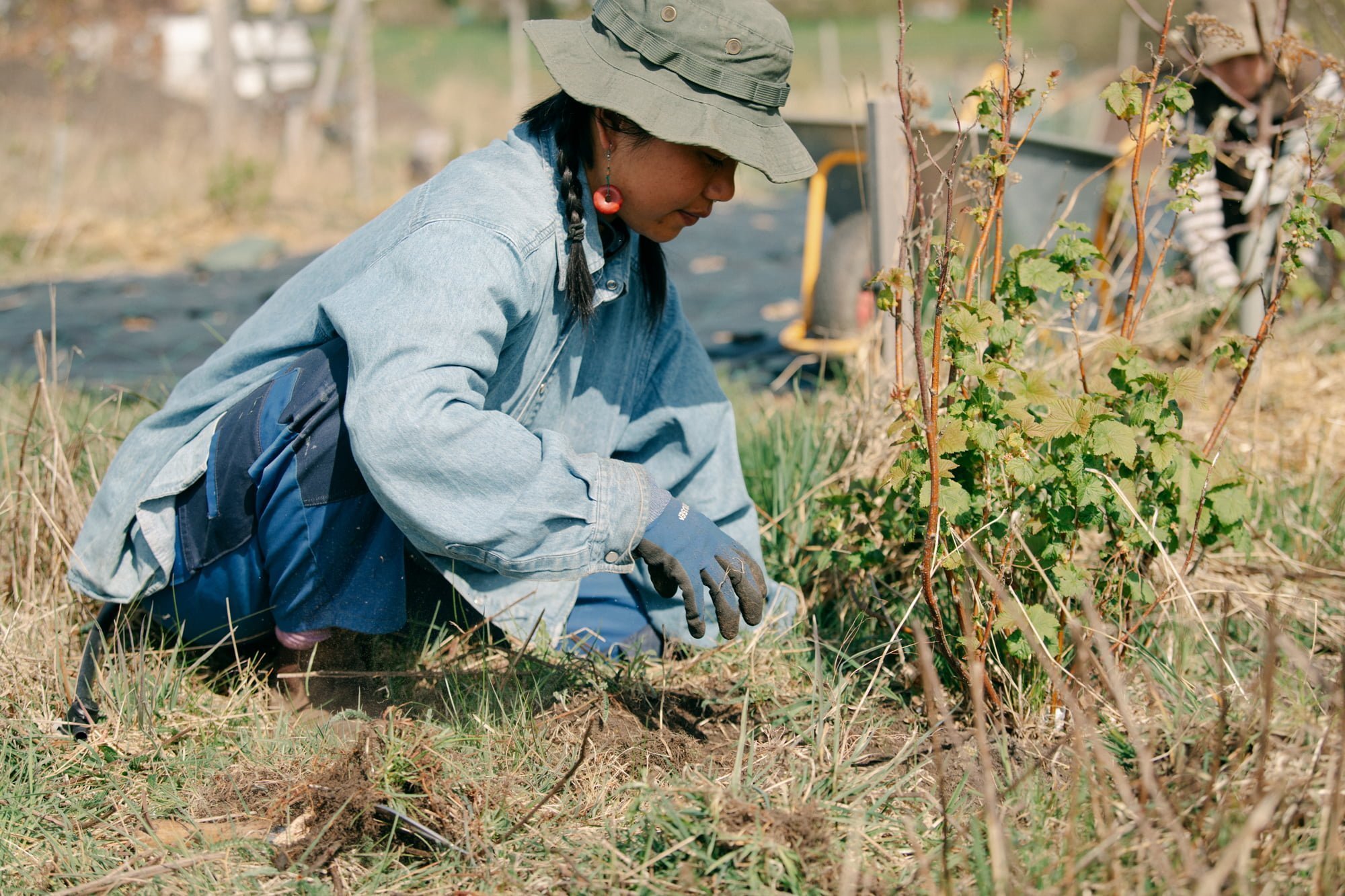Eating eco-friendly food can be as simple as switching beef mince for chicken, or saving meat for special occasions. There are loads of simple ways to climate-proof our diet, says Professor Sarah Bridle. Her practical tips show how small changes can make a big difference for the planet.
Eco-friendly food is not too good to be true
The idea that we can eat our way out of climate change seems too good to be true – until you talk to Sarah Bridle. A former professor of astrophysics at the University of Manchester in the United Kingdom, she spent the best part of 20 years looking at other planets. But then some pivotal events in her life focused her attention firmly on this planet.
“Lots of things happened all at once about five or so years ago,” she says. “I finished a big project in astrophysics, my kids started at school, and I started thinking more about the future. Then a former mentor of mine became ill and died, and that made me think a lot about what’s the purpose of what we’re doing here.”
Inspired by her mentor’s work on fossil fuels and how we can use less of them, Bridle began learning about climate change. She discovered that about a quarter of all climate change is caused by food. This proportion has since increased to a third as a growing global population eats more food.
“I think that’s something that people are often not aware of,” she says. “Even if we stop burning fossil fuels now, we’re still projected to cause about two degrees of warming by the end of the century, just due to food alone. So, we’ve got a really big challenge on our hands. But at the same time, of course, food is already being impacted by climate change. So, change is coming one way or another, which I think is quite a shocking thing for a lot of people to realise. It certainly was shocking to me.”
“A potato and beans causes 5% of the amount of climate change you’d get from steak and chips”

Too many cookers: how to cook food eco-friendly
Using her background in and love for numbers and data, she set about calculating the greenhouse gas emissions of popular foods and drinks as well as complete meals. The calculations take into account all the gases that contribute to global warming along the food chain – from farm to fork to landfill.
In breaking down the numbers, Bridle expected to find differences in the climate impact of various foods. However, she was often surprised by how big the differences are. “If you have a potato and beans, that’s 5% of the amount of climate change you’d get from steak and chips. There’s a really huge difference that we can make by reducing the amount of the most climate impactful foods that we eat.”
Another eye-opener for her was the climate impact of cooking. “Putting the oven on for two hours to heat up and then cook something like a potato, you might think, oh, I’m doing a great job for the environment because I’m having my potato and beans. But actually, putting the oven on and heating up a big metal box maybe to cook one potato, that wouldn’t be a very efficient thing to do … It would cause more climate change than having a small amount of meat.” A better option would be to microwave it, then use the oven or grill for just a few minutes to crisp it up. “You’re going to have a surprisingly big impact by changing the way that you cook things as well.”
We’re able to tell stories like this because of people like you. Join others from around the world in supporting Imagine5’s mission towards a sustainable future. Become a member, or donate what you can. Join today and receive our latest magazine for free.
Making changes where they count
Then there’s the huge issue of food waste. Although the problem is gaining attention, about one third of all food globally is lost or wasted. In the UK, about 70% of food waste happens in the home, she says. “We might not be aware of how much food we’re wasting, [and] there’s a really big impact that we can make just by being a bit more careful with the food that we do buy.”
On the other hand, food packaging has a smaller climate impact than many people imagine. “If you look at surveys of what people are doing about climate change … often they’ll say they’re reducing plastic use. There are lots of issues with plastic in the ocean, but at the same time plastic itself isn’t particularly a major cause of climate change. So, a lot of people may think they’re doing something about climate change, but actually they’re addressing a slightly different issue.”
Simple fixes
The realisation that a lot of people lacked reliable information about the negative impact of their diet and the positive impact they could make with more planet-friendly food choices motivated Bridle to write Food and Climate Change Without the Hot Air. Fact-filled and user-friendly, the book makes it easy to see where food emissions are highest and where more sustainable alternatives are available. Since it was published, she has become professor of food, climate and society at the University of York.
Examples and tips to eat eco friendly
She gives the example of spaghetti bolognese. A moderately sized portion causes over six kilos of emissions, which is twice the three kilos per person per day we should be aiming for. This is because the cows that produce the beef in the sauce are ruminants which burp methane, a potent greenhouse gas. Their manure, although an effective fertiliser, also decomposes into methane and releases nitrous oxide, another greenhouse gas.
The good news is that there are simple fixes. Pork causes fewer emissions than beef, and chicken is lower still. The emissions from a chicken spaghetti bolognese are three times lower than the beef version. Switching to beans or lentils, which are good sources of protein and fibre, halves the emissions again. There are ‘in-between’ options too, Bridle stresses, such as substituting some of the meat for vegetables. “By putting more of something else in which is healthy would actually reduce the amount of meat per portion. So, you’d still get the flavour [of meat], but it would also be better for the environment.”

The meat in your bolognese is responsible for most of its climate impact (measured in kilograms of CO2). The other ingredients – spaghetti, tomatoes etc – make up 0.7kg of the total in all 3 examples.
Note: Images used in this graphic were generated using Adobe Firefly.
While she acknowledges that governments and food producers have an important role to play in reducing food emissions, such as carefully implemented reductions to subsidies for emissions-intensive foods and accurate emissions labelling, these changes take time. Without waiting for anyone, we as consumers can act now, she says, by voting with our stomachs every mealtime and choosing planet-friendly options based on the emissions information already available.
Sarah Bridle’s five tips for a planet-friendly diet
- Make informed food choices
Plant-based options generally have the lowest climate impact, partly because of the huge amount of land needed to grow food to feed animals. However, not all meat is equal when it comes to emissions. Pork and chicken have lower emissions than beef and lamb, making them smarter choices for meat eaters. In addition, cheese has higher emissions than chicken or fish. So, a flexitarian rather than a fully vegetarian diet can in some cases be better in terms of climate impact. - Switch up your cooking methods
The energy needed to heat an oven can sometimes outweigh the benefits of the climate-friendly meal you’ve chosen. Try alternatives like the microwave, especially for foods that take a while to cook through, and only use the oven to crisp up the food at the end. - Reduce food waste
Don’t overstock your fridge with food that will end up in the bin and learn to love your leftovers. Some dishes taste even better the second time around. - Buy local
Especially from farmers that you know use sustainable farming practices. Foods like apples shipped by boat from the other side of the world can actually have low emissions, compared to the same foods flown in by air. (Details of how food is transported are not currently shown on packaging but Bridle hopes that consumers can push food producers and governments to make this mandatory.) - Enjoy your food
Eating is often as much about the social pleasure as the physical necessity. Consider being a ‘feastarian’, meaning you enjoy meat or other foods with higher climate impact only on special occasions like Thanksgiving or Christmas. Tying particular foods to a celebration is a great way to make those foods feel like a treat and therefore something to savour.
We’re able to tell stories like this because of people like you. Join others from around the world in supporting Imagine5’s mission towards a sustainable future. Become a member, or donate what you can. Find out more here.
Food
SEEDS OF CHANGE








